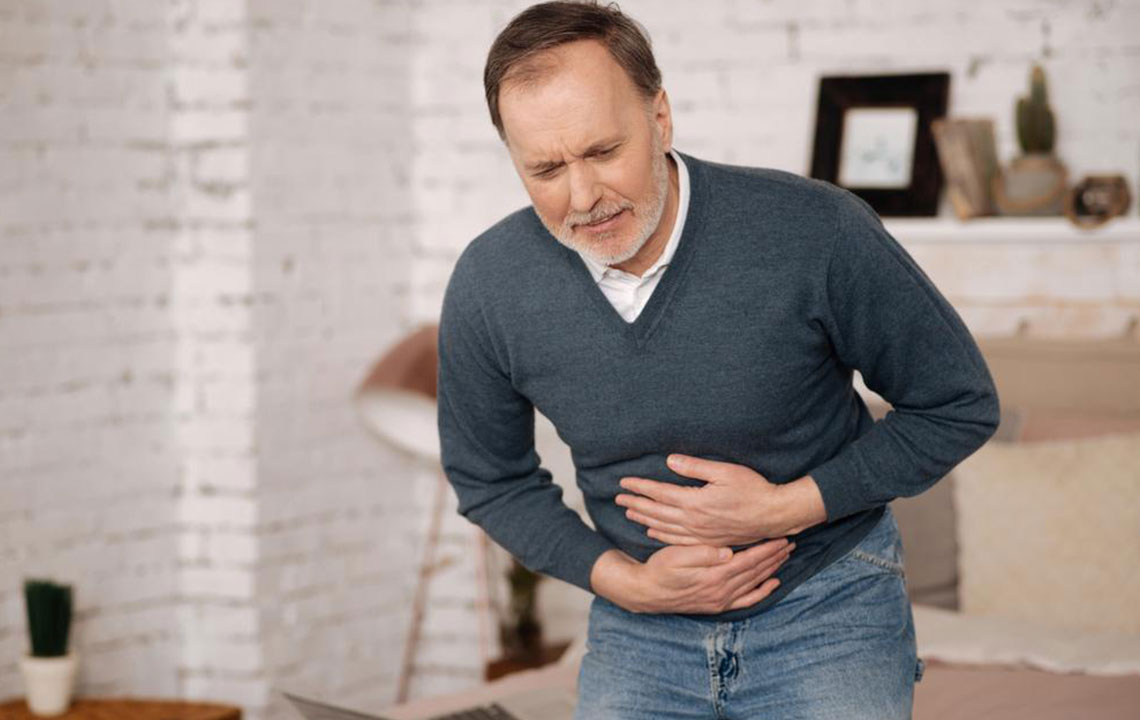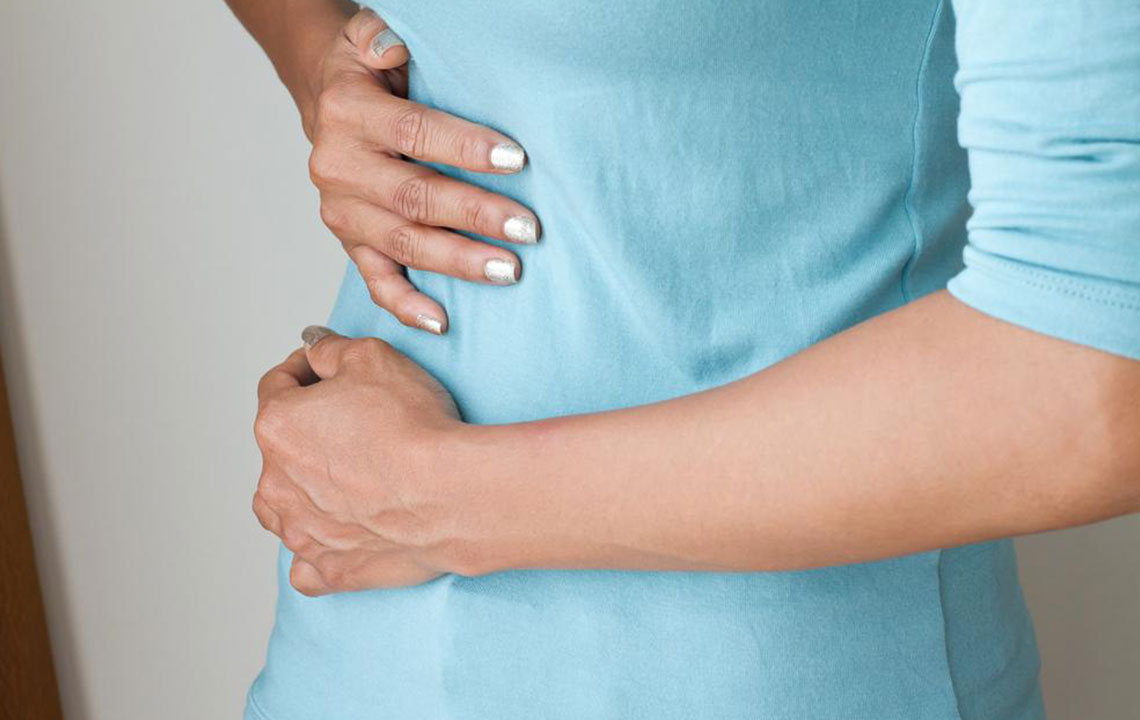Effective Techniques for Managing Hemorrhoids and Relieving Discomfort
Discover comprehensive strategies to effectively manage hemorrhoids, including dietary tips, home remedies, and medical treatments. Learn how lifestyle changes, diagnostic procedures, and minimally invasive options can provide relief from pain, swelling, and bleeding. Prevent and treat hemorrhoids to improve daily comfort and prevent complications with this detailed guide.

Effective Techniques for Managing Hemorrhoids and Relieving Discomfort
Hemorrhoids, commonly known as piles, affect approximately 30% of the global population, making it a prevalent health concern worldwide. These swollen veins in the lower rectum and around the anus can cause significant discomfort, pain, bleeding, and irritation, impacting daily life and overall well-being. Understanding the causes, symptoms, and available management strategies is essential for those affected to find relief and prevent worsening of the condition.
Hemorrhoids are categorized into two main types: internal hemorrhoids, which develop inside the rectum, and external hemorrhoids, which form near the anal opening. Both types can produce discomfort, but their symptoms and treatment approaches may differ. While external hemorrhoids may cause visible lumps and irritation, internal hemorrhoids often go unnoticed until they bleed or prolapse.
Despite their discomfort, hemorrhoids are generally not life-threatening. However, persistent symptoms like bleeding, pain, or prolapse should prompt medical consultation to rule out other serious conditions such as colorectal cancer or inflammatory bowel disease. Proper diagnosis often involves examination procedures such as anoscopy, sigmoidoscopy, or proctoscopy. In certain cases, a colonoscopy might be recommended to exclude other gastrointestinal issues.
Fortunately, hemorrhoids are highly treatable through a combination of lifestyle modifications, home remedies, and medical interventions. Many patients find relief with simple, non-invasive remedies that alleviate symptoms like pain, swelling, itching, and bleeding. It is essential for individuals to understand their condition and adopt effective strategies to manage symptoms effectively.
Initial diagnosis involves physical examinations and diagnostic procedures like anoscopy, sigmoidoscopy, or proctoscopy, helping healthcare providers determine whether the hemorrhoids are internal or external. In some cases, especially when symptoms persist or worsen, additional procedures such as colonoscopy may be conducted to exclude other potential causes like colon cancer or inflammatory bowel disease.
Managing hemorrhoids often begins with at-home treatments aimed at symptom relief. Warm sitz baths, for example, can soothe anal discomfort and reduce swelling. Using gentle, alcohol-free wipes instead of dry toilet paper minimizes irritation, and applying cold packs or ice can decrease pain and inflammation. Over-the-counter pain relievers like acetaminophen or ibuprofen can provide additional pain relief. Maintaining good hygiene and avoiding scratching or irritating the affected area are critical in preventing further aggravation.
An important aspect of hemorrhoid management is lifestyle and dietary changes. Increasing dietary fiber intake through fruits, vegetables, whole grains, and legumes promotes softer stools, which reduce the need for straining during bowel movements—a primary cause of hemorrhoid exacerbation. Staying well-hydrated is equally essential in maintaining smooth bowel functions. Regular exercise assists in stimulating intestinal activity, preventing constipation, and promoting better blood circulation in the anal region.
In addition to home remedies, topical treatments such as medicated ointments and creams containing hydrocortisone or witch hazel can effectively reduce swelling and discomfort. Switching from dry toilet paper to moist wipes, especially those specifically designed for sensitive skin, helps prevent irritation and trauma to the hemorrhoidal tissue.
While these conservative measures work well for mild to moderate cases, more persistent or severe hemorrhoids may require medical procedures. Among the common minimally invasive treatments are rubber band ligation, where a small rubber band is placed around the base of the hemorrhoid to cut off blood supply, causing it to shrink and fall off. Sclerotherapy involves injecting a solution directly into the hemorrhoid tissue to induce shrinkage. Other options include infrared coagulation and electrocoagulation, which utilize heat to seal off blood vessels.
In cases where hemorrhoids do not respond to these treatments, or if they cause significant symptoms such as prolapse or ongoing bleeding, surgical intervention may be necessary. Hemorrhoidectomy, the process of surgically removing affected tissue, remains the definitive treatment for severe cases. Alternatively, stapled hemorrhoidopexy (also known as hemorrhoid stapling) is a procedure that repositions hemorrhoidal tissue and cuts off blood flow, resulting in reduced prolapse and bleeding with less postoperative pain. Post-surgical care focuses on maintaining hygiene, avoiding straining, and following medical advice to prevent recurrence.
Adopting a proactive approach towards hemorrhoid management can significantly improve quality of life. Understanding potential triggers and early intervention can help prevent complications and reduce the need for invasive procedures. Educating oneself on the importance of dietary fiber, hydration, proper bowel habits, and regular exercise forms the foundation for effective prevention and treatment of hemorrhoids.
In summary, hemorrhoids, while common and often uncomfortable, are manageable through a combination of lifestyle adjustments, home remedies, and medical treatments. Recognizing symptoms early and seeking appropriate care can lead to successful relief and prevent complications, enabling individuals to enjoy a healthier, more comfortable life.





